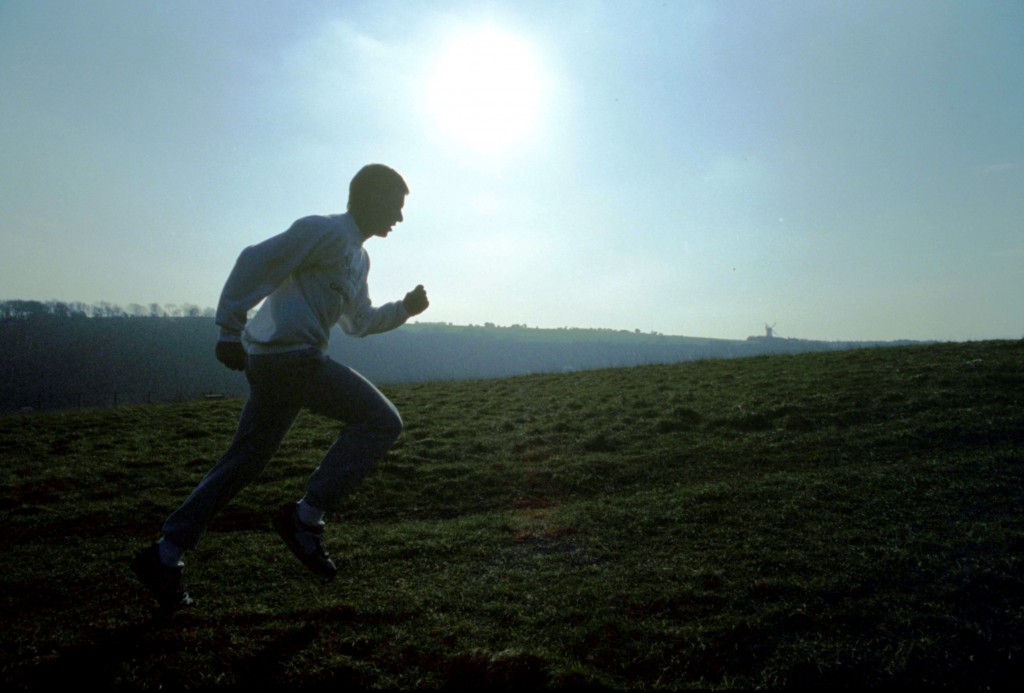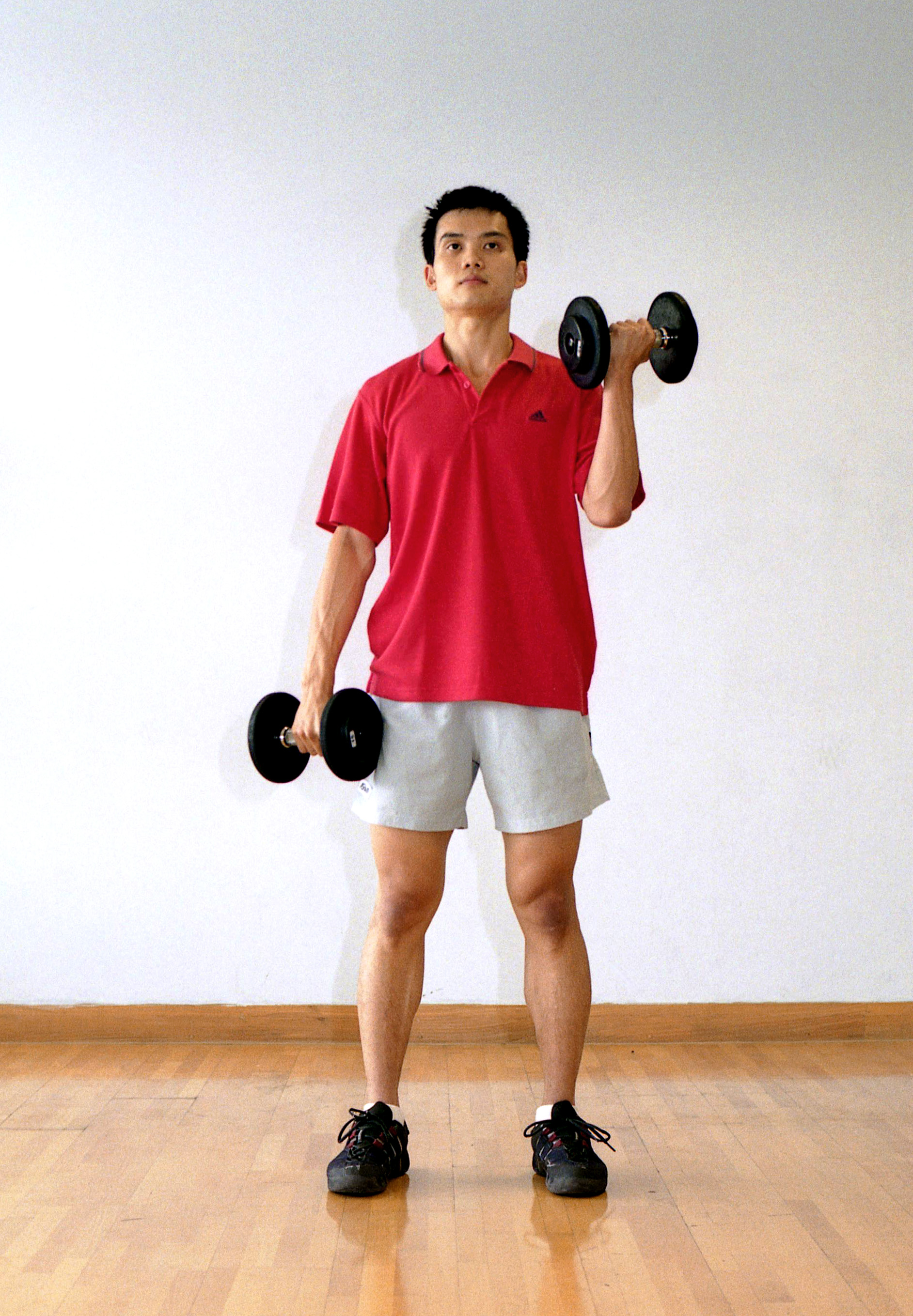
By Anthony Ricketts, PSA No. 6
The season is about to draw to a close. There have been matches won, and lost, and many miles traveled. It is now time to relax and let the body and mind recover from the efforts you have made—but not for long!
The squash off-season will consist of about three months away from competitive activity. This brings an opportunity to spend time working on the things that have frustrated you through the recent season. The beauty of not having to travel to competitions away from your local club in the upcoming months is that you can spend time on your courts without the pressure of a match or tournament on the weekend.

With approximately 12 weeks to work on your game, it is important to have a plan early on for how the training structure will work. Firstly, it is vital that you address any injuries you have been playing with that may have hindered your performance on court. The sooner you get into fixing these lingering problems the better, and the sooner you will play. It is important that you do not consider full training until you have regained full strength.
With the cold weather behind you, it is time to get off the court and hit the running. If you feel like your fitness is not where you like it, I recommend some long steady runs for the first week. This can be done as much as time and ambition permits—as a guide I would say four times per week. Once you have accustomed your body to the running again, it is time to build up the interval training. Australian squash players have a great history of off-season 400 meter training. This involves a 400m sprint, followed by an equal rest (i.e., equal to the amount of time it took to do the sprint), followed by a 400m interval. The greats of the game have made sure they were up to reps of 20 by the time the season began again (and were also resting for just half of the time it took to do each 400m). The number of reps you should get up to is entirely up to you. Whatever that number is, you can expect to feel great after every one of these interval sessions—and notice the difference on court.
The off-season is also a time to build on your strength in the gym. The specific muscles to be targeted are those that you think are weak—perhaps because they have had little niggles of injuries throughout the season. I believe it is worthwhile to also focus on your upper body, as this will encourage an all-around workout and make you feel stronger. In the gym, I have always made a special focus on my legs through the off-season. This, I believe, will enable you to lunge better, and keep the weak lactic acid feeling in your legs at bay through those extra hard matches.
So what about squash? This can be initially left to about 2-3 times per week for the first month, if you are looking at a 12 week break. Up until about a month out, before your first competition, your time should be used to improve technique and to work on the shots you think need that extra time. This gives you a nice two-month period to focus on your weaker shots without the pressure of matches to play.
After weeks of off-court training, the final few weeks before your tournament season starts is the time to start getting in more practice matches and putting that hard work to use! You’ll feel stronger and more physically confident going into every match.


